Since 1925, the Forbidden City has been transformed into the Palace Museum, which is home to over a million artifacts from China’s imperial dynasties. These artifacts are considered a huge treasure trove that has been preserved for centuries. Although they are hundreds of years old, most of them are still almost intact.
In the 1970s, staff at the Palace Museum were taking inventory of their undiscovered collections of ancient artifacts. After clearing out the warehouse, they found a damaged mat. Unexpectedly, the origin and value of this mat surprised archaeologists.
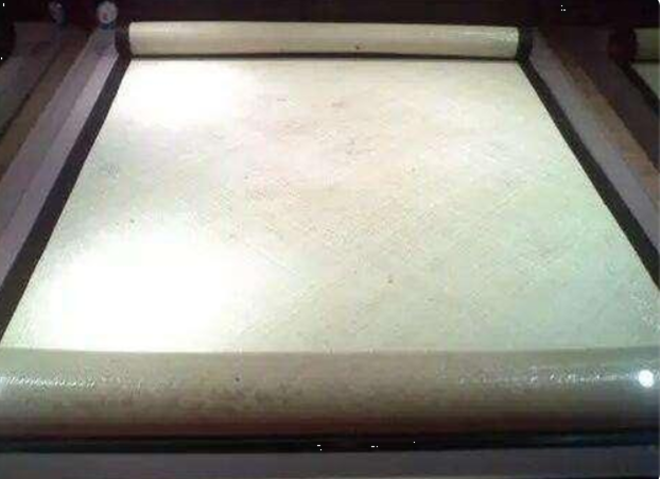
While cleaning the warehouse, museum staff found a damaged mat. (Photo: Sohu)
It turned out that this damaged mat was an ivory mat (meaning a mat made from ivory). It was thrown among many other bamboo mats, but because of its brighter color, it attracted the attention of the staff.
In "Xijing Miscellaneous" written by Liu Xin during the Han Dynasty, there is a passage that says "Han Wu De gave Lady Li an ivory mat". From this, it can be seen that ivory mats appeared earliest during the Han Dynasty, and were always considered to be used by the nobility.
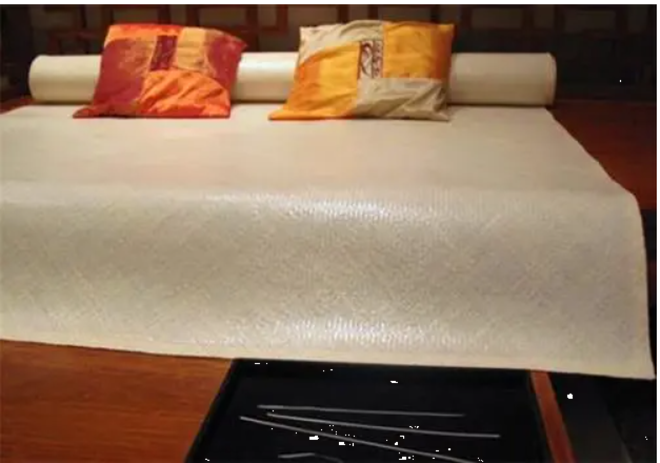
Ivory mats are often used by nobles and royalty. (Photo: Sohu)
Experts searched historical documents, the book “Ge Zhi Jing Yuan” recorded the origin of this ivory mat. It was made during the Yongzheng period, a gift from officials from Guangdong to the emperor. This mat is 210 cm long and 132 cm wide. The surface of the mat is very smooth, soft and especially cool.
In ancient times, technology was not yet developed, so people did not have air conditioners or electric fans to use. In the hot summer, the ivory mat could help Emperor Ung Chinh rest comfortably.
To make ivory mats, people have to split ivory into thin slices of uniform thickness. They then grind them until smooth, split them into silk, and finally weave them into mats. The secret is that the ivory has to be soaked in a special medicine to achieve a soft and smooth texture. The climate in northern China is too dry, so ivory mats can only be made in the south.
It took 60 skilled craftsmen 18 months to create a complete ivory mat. However, because the cost of making an ivory mat was too expensive, Ung Chinh ordered the production of this type of mat to be banned.
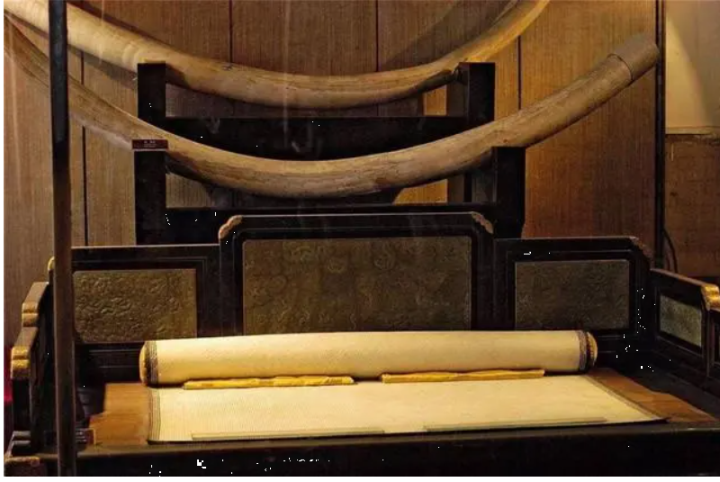
The ivory mat is on display at the Palace Museum. (Photo: Sohu)
According to historical records of the Qing Dynasty, there were 5 ivory mats in the country. Currently, 3 are still in circulation and the whereabouts of the remaining 2 are unknown. Experts say these ivory mats are extremely valuable. The value of an ivory mat can be up to 20 million yuan (about 68 billion VND).
The ivory mat has been restored and is on display at the Palace Museum.
Quoc Thai (Source: Sohu)
Useful
Emotion
Creative
Unique
Wrath
Source


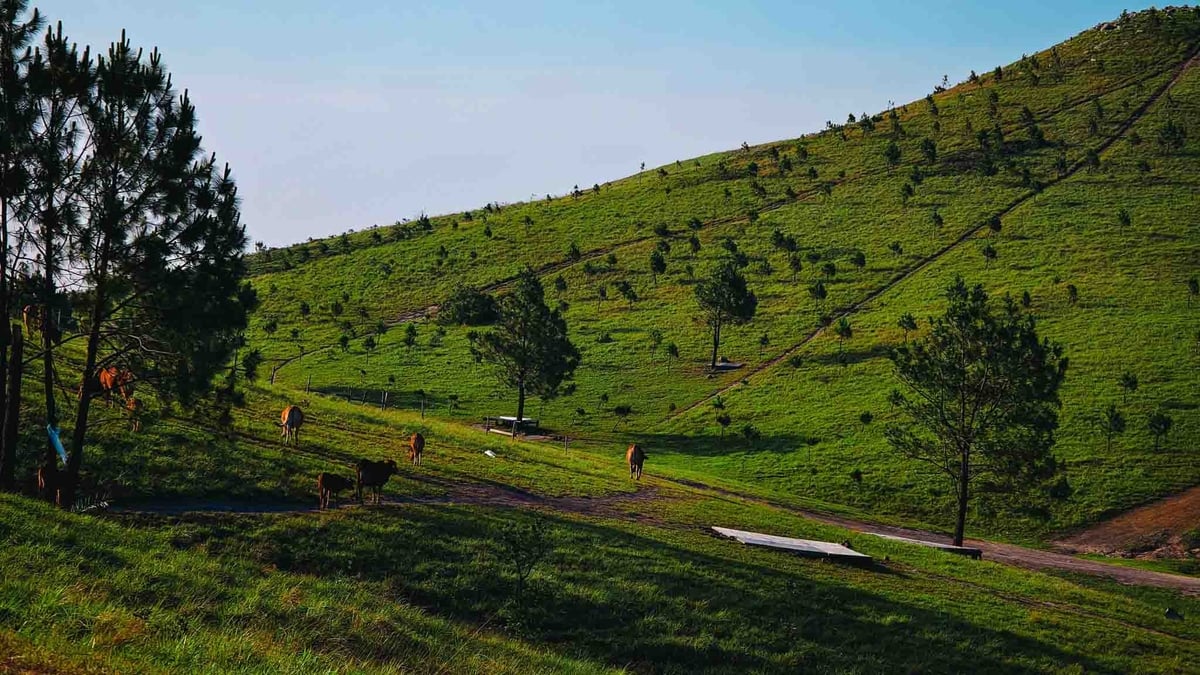
![[Photo] Prime Minister Pham Minh Chinh chairs the Government's special meeting on law-making in May](https://vphoto.vietnam.vn/thumb/1200x675/vietnam/resource/IMAGE/2025/5/22/1c880aae96fd4e0894abc47a46fe19ba)

![[Photo] Prime Minister Pham Minh Chinh attends the groundbreaking ceremony of Trump International Hung Yen Project](https://vphoto.vietnam.vn/thumb/1200x675/vietnam/resource/IMAGE/2025/5/21/ca84b87a74da4cddb2992a86966284cf)


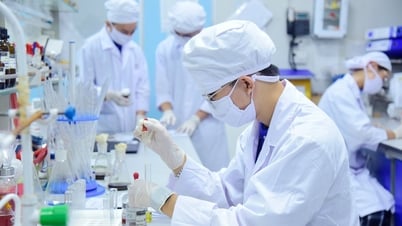

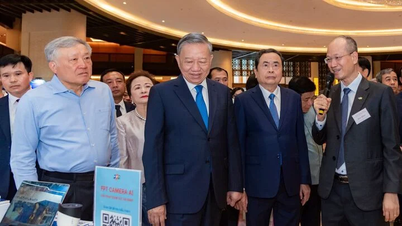
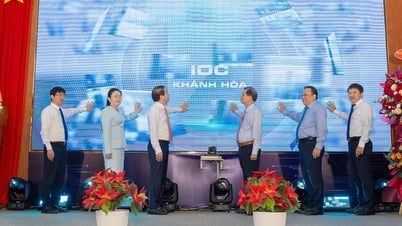





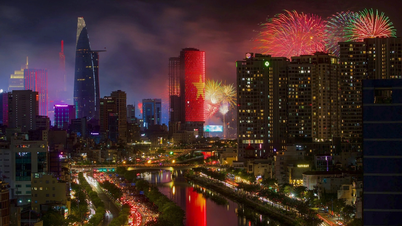




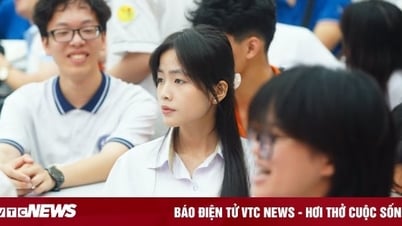
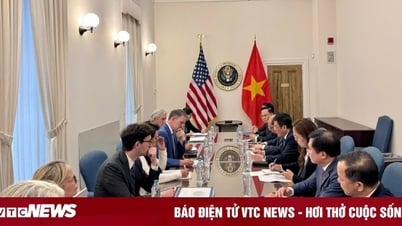
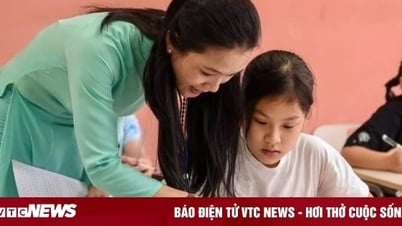
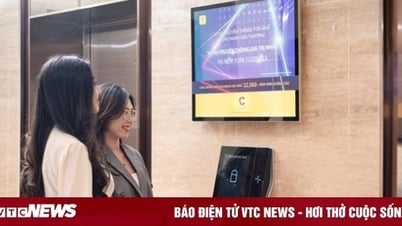

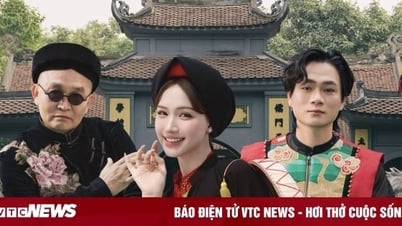































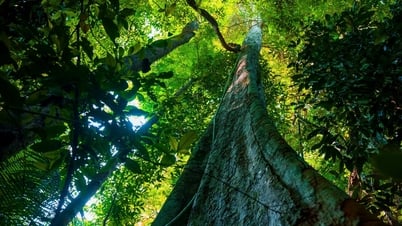


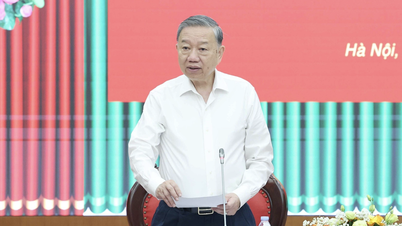

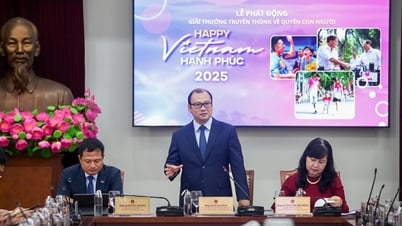
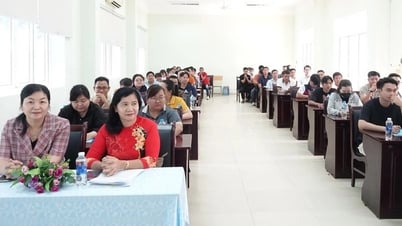
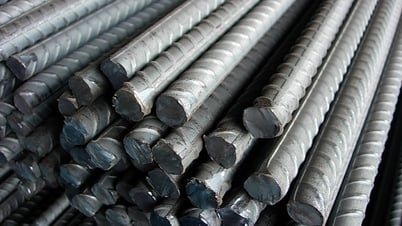

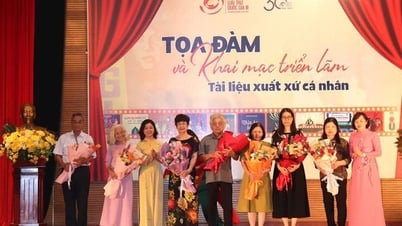
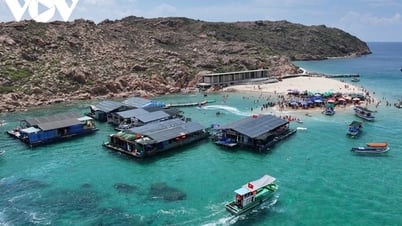
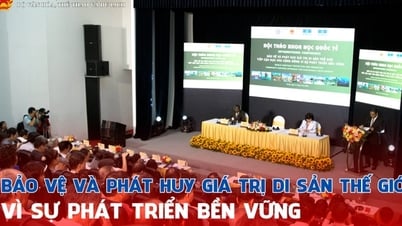
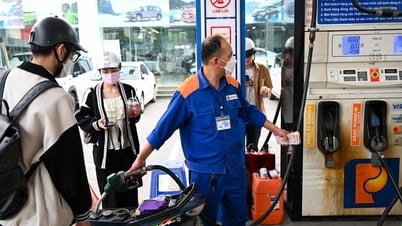



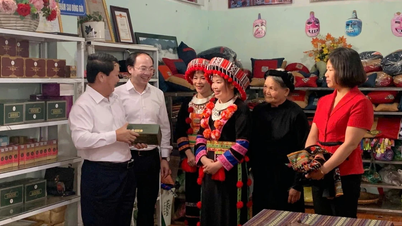

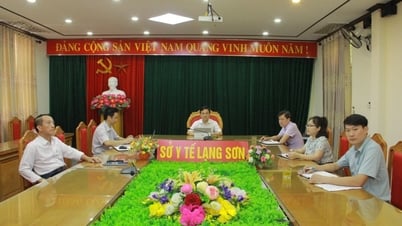

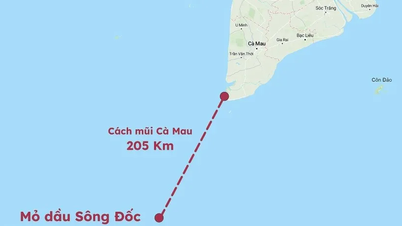

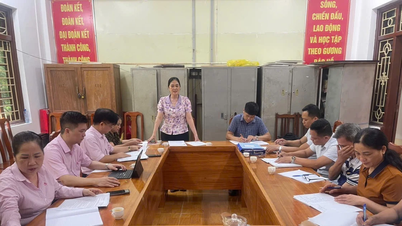




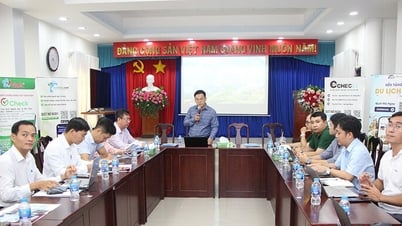

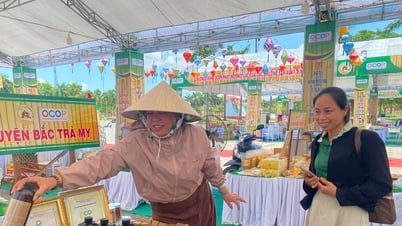



Comment (0)